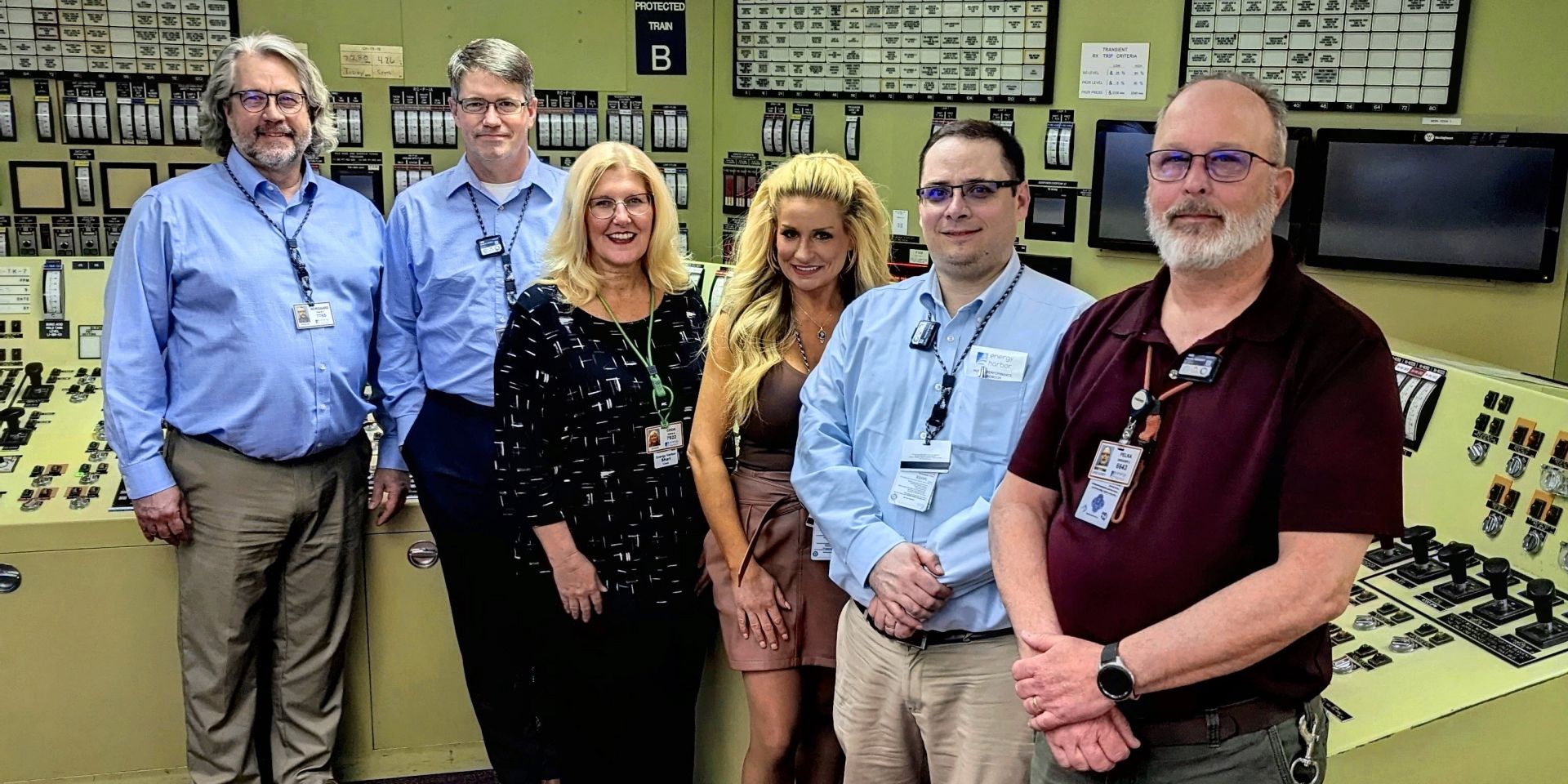Neuroscience meets nuclear science at Beaver Valley

The education and training of the nuclear power plant workforce is advancing in ways that are increasingly based on scientific knowledge about how the brain works. At the Beaver Valley nuclear power plant in Shippingport, Pa., instructional technologist and certified nuclear instructor Annaliese B. Piraino is applying the principles of educational psychology and neuroscience to the instructional practices.
The plant, which Texas-based Vistra Corporation acquired recently from Energy Harbor, consists of two Westinghouse pressurized water reactors, each with a production capacity just over 930 MWe. The operators along with the maintenance and technical staff at Beaver Valley are beginning to show the benefits of the new neuroscience-based instructional approaches to training that are being implemented by Piraino and the Beaver Valley training department.


